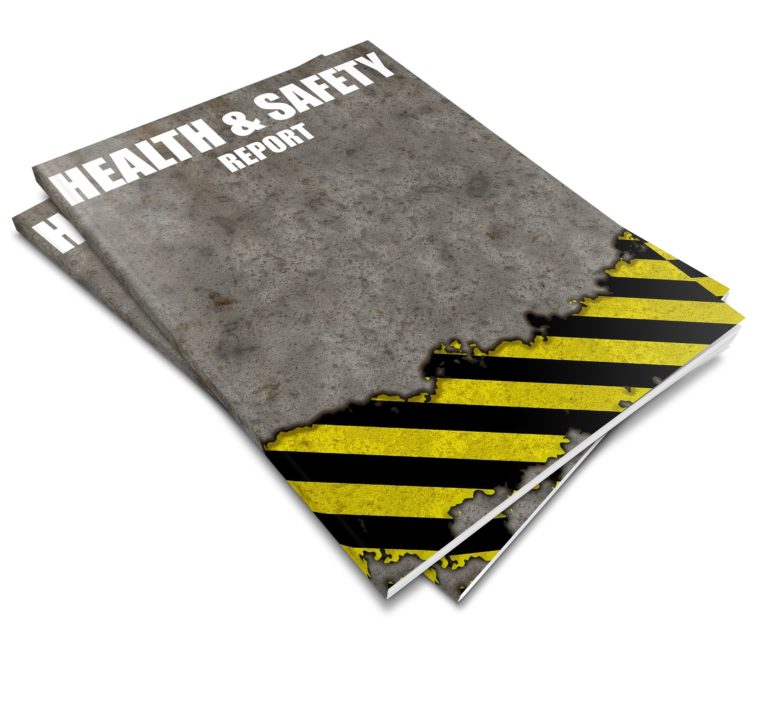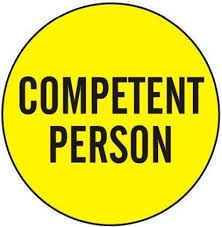
Some studies estimate that the brain is bombarded with 1 850 bits of information every 1/18th of a second. It is simply too much information for the brain to process. Everything the brain doesn’t believe to be critical, at that moment, immediately gets stored on the sub-conscious. Brett Solomon asks whether your strategy includes a plan to make sure that safety is on the forefront of your people’s minds?
There is a very distinct criterion that the brain uses to determine what goes directly and unprocessed to the sub-conscious and what we pay attention to. This criterion is known as the DIPI factor and has a hierarchical order.
The brain will always give priority to and place on the foremost of our attention anything it perceives to be “D” _ dangerous. For good reason, the safety community likes to play this card. We constantly remind our people of the harmful consequences of working unsafely. It is a logical strategy … at first.
Unfortunately, the potency of this “D” factor is determined by the brain’s perception. What the brain feels is dangerous today can become inconsequential tomorrow. I will never forget the first time I drove around in a large open-cast pit. I was so aware of all the dump trucks driving around me, however, it wasn’t too long before I became accustomed to all of the moving machinery.
Knowing this, what can you do doing to keep the dangers vivid in your worker’s minds? Otherwise, the brain becomes so used to them that it dismisses the information into the sub-conscious along with all the other trivial information.
The next factor the brain gives attention to is everything it experiences as “I” _ important. Perhaps you have experienced this … You will be in a crowded room with a lot of noise and are struggling to hear the conversation in which you are engaged. Then someone mentions you name. Irrespective of all the noise you pick it up. Why?
This is because our names are extremely important to us. Through all the noise and racket your brain singles out your name, and, even though you didn’t hear one word of that conversation, you immediately become curious to find out what they are talking about.
In the same way leaders have a responsibility to help workers see the importance of safety, which has to go beyond merely complying to regulations, as this is not important to most people. Safety needs to become a value, have personal meaning, be an entrenched belief system. When that happens, workers will not only comply, their brain will constantly be on the lookout for anything that might place them in harm’s way.
This is followed by what is “P” _ pleasurable. Marketing companies seemed to best understand this dynamic. To use an extreme example; if they want to sell dog pellets to 30-year-old males I doubt that much of the advertising will focus on the dog, or the pellets. Somehow a few attractive young ladies and beer will be more likely to come into the picture.
Now, if the target audience is five-year olds a cute puppy might become part of the advertising campaign. So can we “sell” safety outside of the normal “do it or get into trouble” approach? Can we position safety as something that is enjoyable?
We have an array of tools and techniques at our disposal to stimulate the “pleasure” side of safety. We don’t have to be bound to the past approaches of threatening people with discipline (which people will always resist).
We can even go beyond the alluring reward schemes. We can make safety attractive where people see the value and benefit of working safely. We can tap into our people’s intrinsic reward system. For some of us, it may be time to revamp how we communicate the importance of safety to a way where our teams are actually excited about safety.
Lastly, the brain will focus on anything that is “I” _ interesting. Some time back, I was walking through a mall with a colleague. Being an avid photographer, I couldn’t help notice a huge banner of a stunning scenic image. I was instantly drawn to it.
But was it possible that she couldn’t see and appreciate the masterful composition? Easy, her brain saw it and made an evaluation that wasn’t within her field of interest. It was so big that there is no way she couldn’t have seen it. However, it never registered on conscious thinking as her brain placed that information straight onto the sub-conscious.
We were both walking in the same environment, but, because of what is interesting to us, we picked up different things. I wonder how many of our people see safety as interesting, or are casually walking by hazards, because the only strategy in place is around danger, which effect wore off long ago?
Does your safety strategy have a plan that includes all of the DIPI elements? This is a powerful tool we can use to keep safety alive in our people’s hearts and minds. By mixing them up at different times, we can ensure our desire of keeping our people safe remains fresh and exiting and at the forefront of their minds.
Dr Brett Solomon is a principal consultant at Sentis, and has been involved in numerous safety culture change initiatives with progressive thinking organisations such as Anglo American, Glencore Alloys, PPC and Aveng Moolmans. Currently he is working closely with BHP in South Africa and Impala Platinum.
Source: http://www.sheqmanagement.com/index.php/features/featured-marchapril-2016/772-how-effective-is-your-safety-strategy.html




